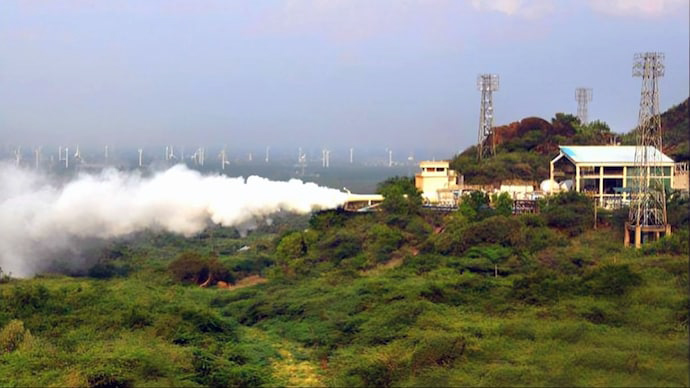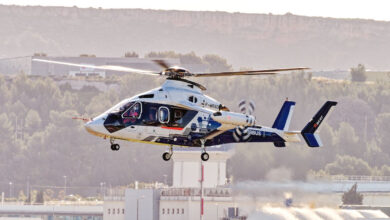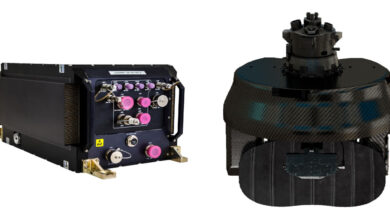ISRO completes human rating of CE20 cryogenic engine for Gaganyaan mission
By R. Anil Kumar
-
ISRO successfully tests engine that will take Indians to space
-
Successful completion of Human rating of CE20 Cryogenic engine for the Gaganyaan Programme
-
Flight Acceptance Hot Test CE-20 Engine for First Gaganyaan Unmanned Mission
Bangalore, February 21. The Indian Space Research Organisation (ISRO) has accomplished a major milestone in the human rating of its CE20 cryogenic engine that powers the cryogenic stage of the human-rated LVM3 launch vehicle for Gaganyaan missions, with the completion of the final round of ground qualification tests on February 13.

The final test was the seventh of a series of vacuum ignition tests carried out to simulate flight conditions at the high-altitude test facility at ISRO Propulsion Complex, Mahendragiri.
The ground qualification tests for the human rating of the CE20 engine involved life demonstration tests, endurance tests, and performance assessments under nominal operating
“All the ground qualification tests of the CE20 engine for the Gaganyaan programme have been successfully completed,” said ISRO in a statement.
In order to qualify the CE20 engine for human rating standards, four engines underwent 39 hot firing tests under different operating conditions for a cumulative duration of 8810 seconds against the minimum human rating qualification standard requirement of 6350 seconds, it said.
ISRO, has also successfully completed the acceptance tests of the flight engine identified for the first unmanned Gaganyaan (G1) mission tentatively scheduled for Q2 of 2024.
This engine will power the upper stage of the human-rated LVM3 vehicle and also has a thrust capability of 19 to 22 tonnes with a specific impulse of 442.5 seconds.
The ground qualification tests for the human rating of the CE20 engine involved life demonstration tests, endurance tests, and performance assessment under nominal operating conditions as well as off-nominal conditions with respect to thrust, mixture ratio, and propellant tank pressure. All the ground qualification tests of the CE20 engine for the Gaganyaan programme have been successfully completed.
The TV-D1 test flight was a crucial part of the Gaganyaan mission, which aimed to demonstrate India’s capability for human spaceflight by sending a crew of three individuals into a 400-kilometer orbit for a three-day mission and ensuring their safe return by landing in the waters of the Indian Ocean.
The test flight was to assess the mid-flight crew escape system of an early version of the Gaganyaan crew module.
The TV-D1 vehicle used a modified VIKAS engine with a Crew Module and Crew Escape System mounted at its front. It stood at 34.9 meters tall and had a lift-off weight of 44 tonnes. Its structure was a single-walled unpressurized aluminum structure with a simulated thermal protection system.
India now aims for are the Gaganyaan Mission in 2024-2025, setting up ‘BharatiyaAntariksha Station’ by 2035, and sending the first Indian to the Moon by 2040.
Gaganyaan Project: The main focus of the mission
The Gaganyaan project aims to demonstrate India’s human spaceflight capabilities by launching astronauts into orbit and safely returning them to Earth. This ambitious mission is poised to showcase India’s advancements in space exploration and technology.





